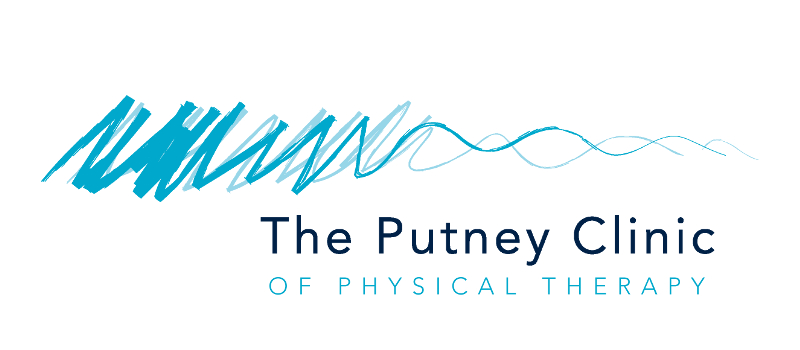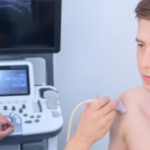Headaches affect 47% of the global population on a regular basis. Some people suffer from them monthly, weekly and sometimes even daily, and the headache can range from being a nuisance to being completely debilitating, disrupting your ability to drive, work, concentrate, do daily chores or even stand upright. The most difficult thing about headaches is that there is so much variety between individuals, in terms of headache types, symptoms and triggers, it makes them very hard to diagnose correctly, and therefore often treatments are unsuccessful.
According to the International Headache Society there are over 130 distinct disorders identified and over 300 causes of headaches. Fortunately, most of the common headaches can be identified and treated effectively if you know what to look for. One of the most common headaches generates from issues in the soft tissue structures around your neck, and your physical therapist is well-trained in not only being able to diagnose these types of headaches but also in treating them through soft tissue manipulation and being able to give you exercises to help strengthen weak muscles and prevent the headaches in the future.
Unfortunately, many people end up resorting to medications, home remedies and treatments, expensive examinations or investigations, costly changes to bedding and pillows and even visits to the dentist for gum guards to prevent clenching or teeth grinding. Sometimes we try and brush things off as an inevitable consequence of our ‘life’ be it your job, stress level, or the amount of time you spend sitting in front of a computer.
But living with headaches doesn’t have to be a case of ‘suck it up and deal with it’. There is a lot of research out there to support ways in which physical therapy can help you manage and prevent different types of headaches.
Fortunately, the vast majority of headaches do not require urgent medical investigation and should respond positively to treatment depending upon an accurate diagnosis. The majority of headaches diagnosed are:
- Migraines
- Tension headache
- Cervicogenic headache (originating from the neck)
- Followed by cluster and sinus headaches.
These are the most common headache causes and interestingly (or frustratingly), they can also co-exist. You can simultaneously suffer one, two or more types of headache or a migraine at the same time where one may cause another or overlap with each other. These are known as mixed or multi- source headaches and can take longer to resolve as your therapist works through treating the different causes. For example,a dysfunctional painful neck can cause an increase in surrounding muscle spasm, which will increase your blood pressure. In this scenario, you could have a cervicogenic (neck) headache, with a tension headache and a resultant migraine!
This table will help you to differentiate between common headache types and help you understand which headache you might have. This will better help you understand and manage your headache as well as seek the right treatment. If you don’t feel you fit exactly into any one of these categories, get diagnosed by a local healthcare practitioner. They will be able to assess you and your history and symptoms and may identify where you ‘fit’. Remember every person and every headache is individual and may vary or present slightly differently from the norms.
Finding the primary source or cause is the key to successful treatment. Whether you have managed to identify your headache type or not we have information resources available on how you can manage and treat each of these different types of headache. The resources also explain in more detail how physical therapy treatment, massage and specific exercises can eliminate, or at least in more severe cases reduce, the intensity and frequency of your pain.
Physical therapy has been shown over the years, both clinically and through research, to have beneficial effects for headaches. Manual, hands-on therapy manipulating or mobilising your neck can be hugely beneficial in eliminating your headache; or at least reducing the intensity and duration of the headache. Soft tissue work including trigger point therapy and massage too can be effective in relieving spasm in the head and neck muscles possibly contributing to your headache. Massage has also been shown to help people cope better during headache episodes, reducing associated stress and anxiety. Acupuncture, laser and ultrasound are additional therapies that could help with neck or cervicogenic headaches, and sinus headaches.
Contributing factors to headaches have been shown to include poor postures and repetitive movements that may strain your neck. These could include desk or computer set up, studying and working with a chin forward/poking chin posture, bad ergonomics at work, constantly turning to one side, hanging washing on a line – looking up for long periods or similarly constantly looking down. Any one of these postures or bad habits can cause muscle spasm, muscle imbalance and weakness as well as strain the joints in your neck all of which can refer pain to the head and result in headache. Your physical therapist can identify poor posture and muscle weakness as well as assess your work or home space and daily activities where they can give advice to make corrections and perform corrective exercises.
To find out more and see how we may be able to help, do check out the Putney Clinic’s Physiotherapy Services, contact us on 020 8789 3881 or by email at info@putneyclinic.co.uk to discuss your needs.







